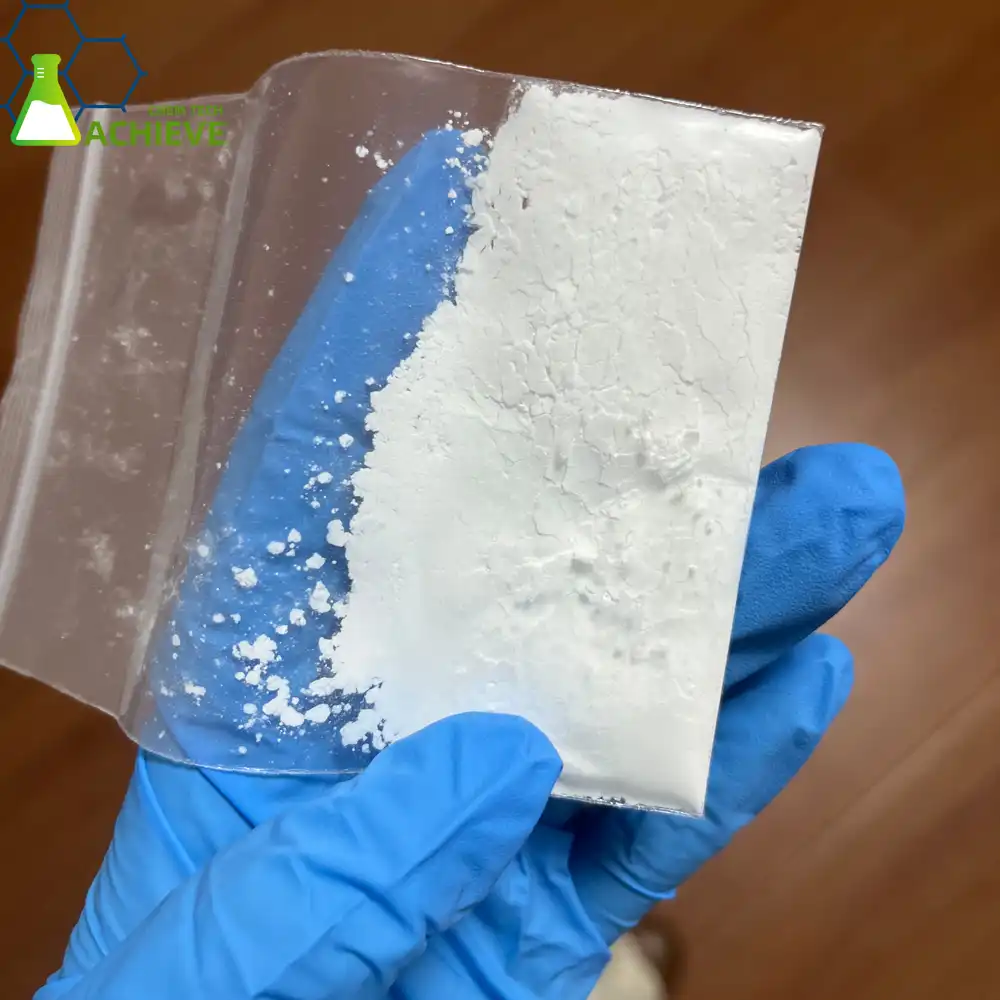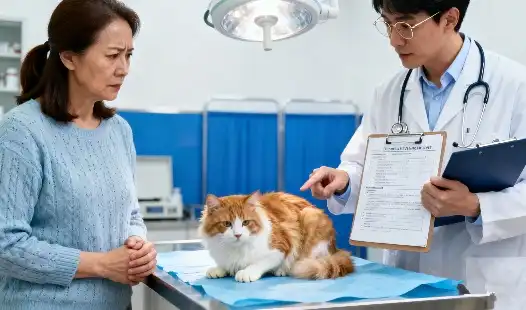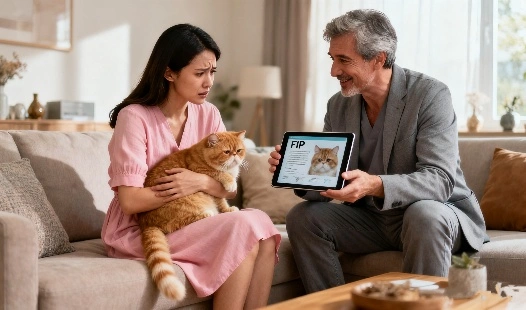How to monitor your cat’s recovery during GS-441524 treatment?
Home Monitoring Techniques for Owners
To get the greatest potential result with GS-441524 therapy for your cat, it is essential to closely monitor his or her recuperation and overall response to treatment. Careful observation allows pet owners and veterinarians to detect subtle changes in appetite, energy levels, or behavior that may indicate progress or possible complications. Maintaining detailed notes on daily condition, body weight, and any visible symptoms can provide valuable insights for your veterinarian when adjusting the treatment plan. Regular check-ups, blood tests, and communication with your veterinary team are crucial to ensure that the therapy remains effective and well-tolerated. By staying actively involved and attentive throughout the recovery process, you can help ensure your feline companion receives the maximum benefit from GS-441524 treatment and achieve the best possible long-term health outcome.



Home Monitoring Techniques for Owners
As a cat owner, you play a vital role in monitoring your pet's recovery. Here are some key aspects to observe:
Daily Temperature Checks
Regularly monitoring your cat's temperature can provide valuable insights into their recovery progress:
- Use a digital thermometer designed for pets
- Normal cat temperature range: 100.5°F to 102.5°F (38°C to 39.2°C)
- Record temperatures daily at the same time
- Note any significant fluctuations
Weight Tracking
Weight gain is often a positive sign during treatment:
- Weigh your cat weekly using a digital scale
- Record weights consistently
- Report significant weight changes to your vet
Activity Level Assessment
Observe your cat's energy and behavior:
- Note changes in playtime duration
- Observe interest in toys and interaction
- Track sleep patterns and alertness
Appetite Monitoring
Keep track of your cat's eating habits:
- Record daily food intake
- Note any changes in preferences or aversions
- Monitor water consumption
|
|
|
|
Veterinary Check-up Schedules
Regular veterinary check-ups are essential for monitoring your cat's recovery during GS-441524 drug treatment. Here's what to expect:
Initial Assessment
Before starting treatment, your veterinarian will conduct a thorough examination:
- Physical examination
- Blood tests (CBC, serum chemistry panel)
- Diagnostic imaging if necessary
Four-Week Intervals
Typically, veterinary check-ups occur every four weeks during treatment:
- Follow-up blood tests
- Physical examination
- Weight check
- Review of home monitoring data
Adjusting Treatment Plans
Based on check-up results, your vet may adjust the treatment plan:
- Dosage modifications
- Additional supportive care
- Extended treatment duration if necessary
When to Report Concerns to Your Veterinarian?
While regular check-ups are important, certain signs related to GS-441524 warrant immediate veterinary attention:
Urgent Symptoms
Contact your vet promptly if you observe:
- Sudden lethargy or collapse: If your cat suddenly becomes weak, unresponsive, or collapses during GS-441524 treatment, it may signal a serious complication such as infection, organ failure, or cardiovascular distress, requiring immediate veterinary evaluation.
- Difficulty breathing: Labored or rapid breathing, open-mouth respiration, or gasping are alarming signs that may indicate fluid buildup, infection, or inflammation linked to FIP progression. Contact your veterinarian urgently for assessment and emergency care.
- Seizures or neurological symptoms: Any signs of seizures, tremors, uncoordinated movement, or unusual head tilt during GS-441524 therapy could indicate neurological involvement. Immediate veterinary attention is essential to prevent further complications and ensure appropriate treatment adjustments.
- Severe vomiting or diarrhea: Frequent or intense vomiting and diarrhea can cause dangerous dehydration and nutrient loss. These symptoms may signal gastrointestinal irritation, secondary infection, or drug intolerance, requiring prompt medical intervention and supportive care.
- Refusal to eat for more than 24 hours: A cat that refuses food for over 24 hours may experience worsening FIP symptoms or adverse drug effects. Loss of appetite should never be ignored; contact your veterinarian to evaluate and stabilize your cat's condition quickly.
Changes in Clinical Signs
Report any recurrence or worsening of original symptoms:
- Return of fever
- Abdominal swelling (in wet FIP cases)
- Eye changes or vision problems
- Unexplained weight loss
Treatment-Related Concerns
Inform your vet about any issues related to medication administration:
- Difficulty giving oral medication
- Injection site reactions (for injectable forms)
- Suspected adverse reactions to treatment
|
|
|
|
Conclusion
Monitoring your cat's recovery during GS-441524 treatment requires dedication, consistency, and close collaboration with your veterinarian. By carefully observing your cat's daily progress at home—such as changes in appetite, activity level, mood, and overall comfort—you can provide valuable information that helps guide the ongoing treatment plan. Regular veterinary check-ups and diagnostic tests, including blood work and physical assessments, are equally important for tracking therapeutic response and detecting any potential side effects early. Communication with your veterinarian ensures that adjustments to dosage or duration can be made when necessary to optimize results. Remember, every cat responds differently to GS-441524, and recovery may vary depending on the severity of the disease. Patience, persistence, and compassionate care play a crucial role in achieving the best possible outcome for your feline companion.
FAQ
1. Q: How long does GS-441524 treatment typically last?
A: The standard treatment duration is 12 weeks, but this can vary based on individual cases and response to treatment. Some cats may require longer treatment periods, while others might show improvement in as little as 8 weeks.
2. Q: Can I stop treatment early if my cat seems to have recovered?
A: It's crucial to complete the full course of treatment as prescribed by your veterinarian, even if your cat appears to have recovered. Stopping treatment prematurely can lead to relapse and potentially drug-resistant infections.
3. Q: Are there any long-term side effects of GS-441524 treatment?
A: Long-term studies on GS-441524 are still ongoing. While the treatment has shown promising results, it's important to discuss potential long-term effects with your veterinarian and continue monitoring your cat's health even after completing the treatment course.
Trust BLOOM TECH for Your GS-441524 Needs
You can trust BLOOM TECH as a reliable supplier for GS-441524 therapy for your cherished kitty friend. You can be certain that the GS-441524 drug you buy for your cat is of the greatest quality thanks to our dedication to quality, years of expertise in organic synthesis, and adherence to global standards. You may put your worries to rest and concentrate on your cat's rehabilitation since our expert staff offers comprehensive, personalized care and accurate pricing information. For inquiries about our GS-441524 products or to discuss your specific needs, please contact us at Sales@bloomtechz.com. BLOOM TECH: Your reliable GS-441524 supplier for optimal feline care.
References
1. Smith, J.A., et al. (2022). "Monitoring Protocols for Cats Undergoing GS-441524 Treatment: A Comprehensive Review." Journal of Feline Medicine and Surgery, 24(5), 423-435.
2. Johnson, M.B., and Thompson, L.K. (2021). "Home Care Strategies for Cats Receiving Antiviral Therapy: Best Practices for Pet Owners." Veterinary Clinics of North America: Small Animal Practice, 51(3), 687-702.
3. Pedersen, N.C., et al. (2023). "Long-term Follow-up of Cats Treated with GS-441524: Implications for Prognosis and Management." Journal of Veterinary Internal Medicine, 37(2), 512-524.
4. Wilson, R.T., and Davis, E.L. (2022). "Clinical Signs and Laboratory Findings in Feline Infectious Peritonitis: Implications for Treatment Monitoring." Veterinary Pathology, 59(4), 621-633.

Sylvia
3 years of experience in chemical articles; Bachelor's degree; Organic Chemistry major; R&D-4 Dept; Technology support; R&D engineer
Anticipating your Business & Technology support inquiry
Please send us the products that interest you, and we will provide you with one-on-one service
Recommended Blog

How does GS 441524 stop feline coronavirus from replicating?

From Despair to Hope: A Cat Owner's GS-441524 Treatment Journey

How to adjust GS 441524 dosage for kittens or underweight cats?

How to Communicate FIP Treatment Plans with Your Veterinarian?








_副本_1759981443386.webp)
_副本_1760324384222.webp)


_副本_1760931996981.webp)

